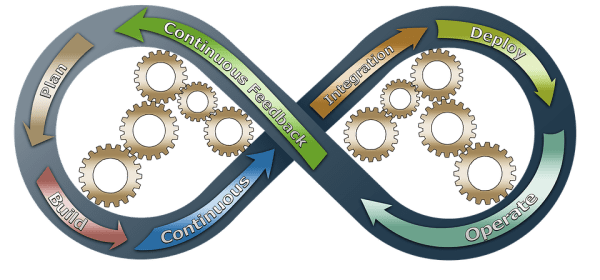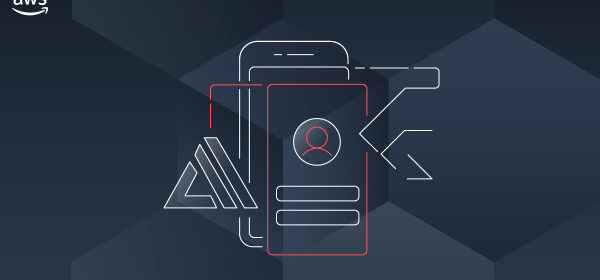This is part 3 in a multi-part series about the Kubernetes Resource Model. See parts 1 and 2 to learn more. In the last post , we explored how Kubernetes and its declarative resource model can provide a solid platform foundation. But while the Kubernetes Resource Model is powerful, it can also be overwhelming to learn: there are dozens of core Kubernetes API resources, from Deployments and StatefulSets, to ConfigMaps and Services. And each one has its own functionality, fields, and syntax.








